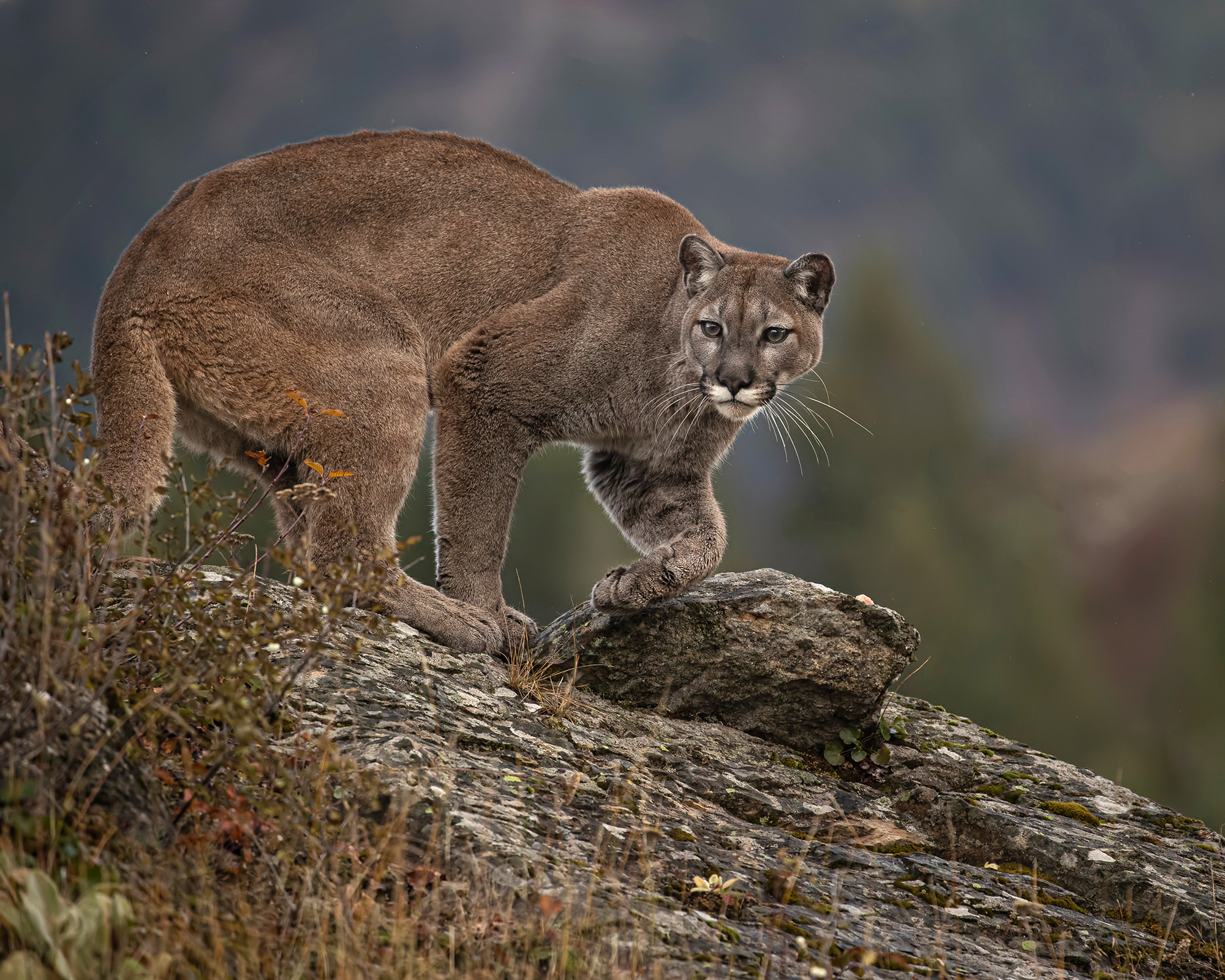Colorado voters thwarted a proposed hunting ban Tuesday, according to election results from the Secretary of State. Although the most recent polling had Coloradans evenly split over the issue, the results show that the majority of Colorado voters heeded the concerns voiced by the state’s hunters, conservationists, and wildlife experts. The Associated Press called the race Wednesday after the ban failed to pass by a margin of more than 55 percent. Although votes were still being counted that morning, the latest numbers showed 1,347,538 “no” votes and 1,080,260 “yes” votes.
If passed, Prop 127 would have banned all mountain lion hunting and bobcat trapping in the state, and it would have placed a preliminary ban on lynx hunting should the species ever lose protections in the future.
The ballot measure asked voters: Shall there be a change to the Colorado Revised Statutes concerning a prohibition on the hunting of mountain lions, lynx, and bobcats, and, in connection therewith, prohibiting the intentional killing, wounding, pursuing, entrapping, or discharging or releasing of a deadly weapon at a mountain lion, lynx, or bobcat; creating eight exceptions to this prohibition including for the protection of human life, property, and livestock; establishing a violation of this prohibition as a class 1 misdemeanor; and increasing fines and limiting wildlife license privileges for persons convicted of this crime?
But the proposal was about more than just big cat hunting. Hunters and conservationists viewed it as a referendum on the future of wildlife management in Colorado (and potentially elsewhere), as Prop 127 would have set the stage for future hunting bans and taken even more decision-making power away from the wildlife managers at Colorado Parks and Wildlife.
Those wildlife professionals saw the efficacy of ballot-box biology during the last major election in 2020, when Colorado voters narrowly passed Prop 114, an initiative to reintroduce gray wolves into the state. The measure passed even though CPW rejected a similar proposal in 2016. But since the agency is prohibited from taking a stance on ballot initiatives, CPW stayed silent while a slim majority of Coloradans (less than 51 percent) enacted the first voter-led predator reintroduction in North American history.

Prop 127, it would seem, was a tipping point for some employees in the agency. Because this year, the Colorado Wildlife Employees Protective Association, which includes around 200 CPW employees, broke with 77 years of tradition by speaking out against Prop 127. In early October, the CWEPA issued a first-of-its kind resolution supporting science-based wildlife conservation and the North American Model of Wildlife Management.
“[We] hold it to be self-evident that all wildlife in Colorado is best protected, enhanced, and managed via the science-based wildlife professionals employed by the State of Colorado for such purposes,” the resolution reads. And while it didn’t name Prop 127 specifically, CWEPA president Casey Westbrook told The Post Independent that the initiative’s inclusion on the 2024 ballot was the main impetus for “having a resolution to explain where we’re at.”
Although it’s unfortunate this explanation was necessary, it likely played a role in the final vote, which has been celebrated by Colorado hunters and conservationists. Those groups won a hard-fought political battle by reminding voters that wildlife management should be guided by science, not emotions, and that regulated hunting drives ecological success.
Colorado’s mountain lions are perhaps the best example of this. There were only a couple hundred of these cats left in 1965, when CPW began managing them as a big-game species, and after 59 years of regulated hunting, their population is around 4,000 strong. Today’s lion hunters have little impact on this population, as cougar hunting remains one of the most highly regulated activities in the state. The average success rate for lion hunters is around just 19 percent, according to CPW. Out of the 2,599 cougar tags purchased last year, 2,097 went unfilled.
Dan Gates, who led the opposition to Prop 127 as the executive director of Coloradans for Responsible Wildlife Management, also thinks that the controversial passage of Prop 114 helped increase voter turnout this election season. He pointed to the ongoing concerns around wolf reintroduction in Colorado, and the fact that many voters are fed up with the idea that public opinion should replace scientific expertise when it comes to managing the state’s wildlife.

“It just got people to pay attention,” Gates says, referring to the narrow passage of Prop 114 in 2020. And he explains that the emotionally-charged campaign for Prop 127 was taken straight from the anti-hunter’s playbook. Proponents of the hunting ban tried and failed to convince state wildlife commissioners of their opinions, even though a couple of those commissioners have backgrounds in animal welfare. Then they tried to lobby for change at the state legislative level, and when that didn’t work, they fell back on Colorado voters as their last resort.
Read Next: Florida Voters Pass ‘Right to Fish and Hunt’ Amendment
“If anyone thought their intent was to do anything other than to ban all hunting, then they weren’t paying attention,” Gates says. “They shot for the moon, and they didn’t get what they wanted. So they were hoping the voters would help them accomplish their ultimate goal.”
It turns out Colorado voters are more informed than they anticipated.

